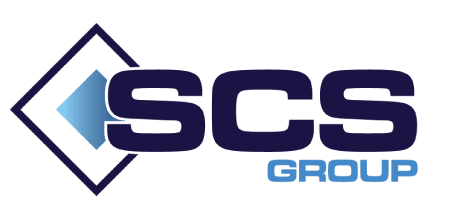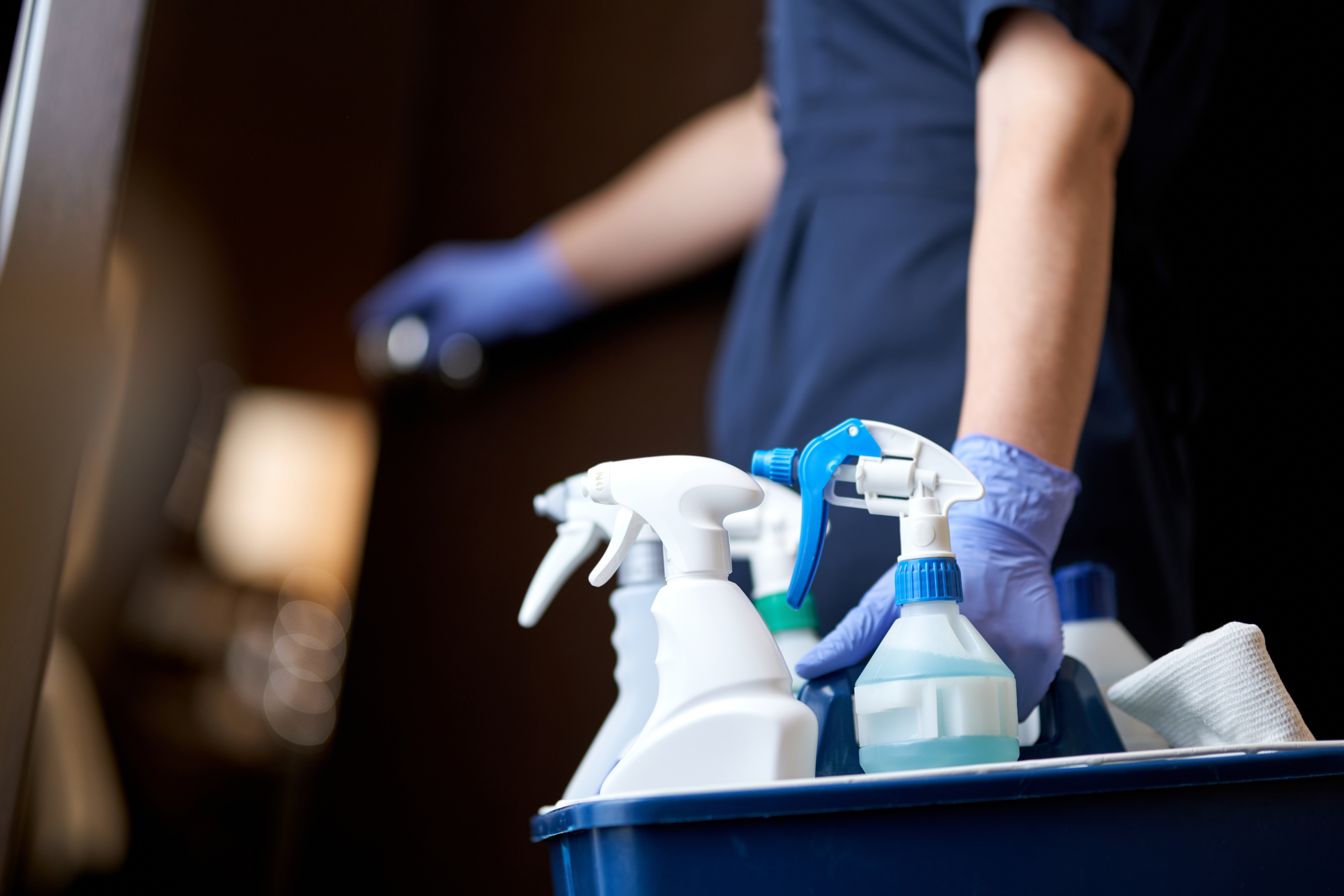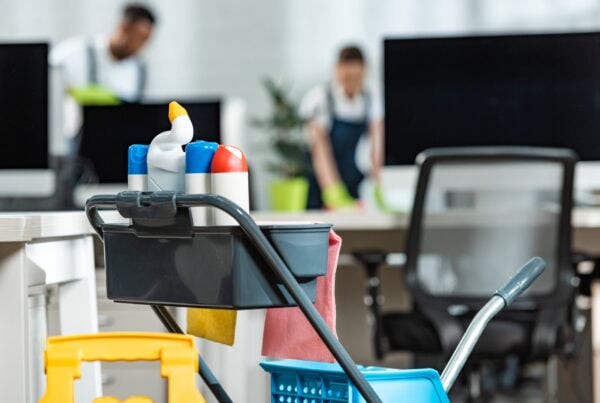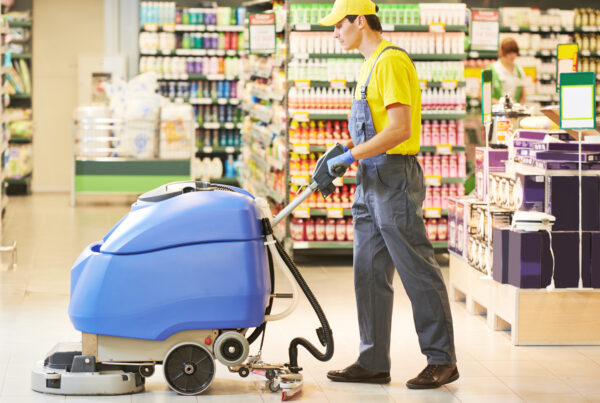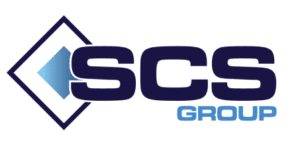Challenges of Ensuring Compliant Worker Rates in the Cleaning Services Industry
This topic comes up daily when pitching to new clients that demand workers are paid compliantly. Sadly, despite demanding compliance, often the contract is awarded to a supplier that “says they’ve ticked that box” but in reality, simply can’t deliver the cleaning service compliantly for the rates charged simply don’t allow the budget to do so!
I can understand the interest in exploring the frustrations of both clients and complaint service suppliers in the cleaning services industry when it comes to compliance with worker rates. Despite their demands for compliance, some clients may engage with suppliers who don’t adhere to these standards.

Unraveling the Implications for Suppliers and Clients and Addressing the Risks of Subcontracted Relationships
In this blog, I’ll provide an in-depth discussion of the implications for both the supplier and the client and explain the risks of turning a blind eye to subcontracted relationships. I’ll also suggest possible solutions for improving this problem.
In the cleaning services industry, compliance with worker rates is vital as it ensures that workers receive fair compensation for their labor. However, compliance is often not practiced, as some cleaning service providers seek to reduce costs by paying workers lower wages. In response, clients demand compliance from their cleaning services providers, but paradoxically, some clients continue to engage with non-compliant suppliers.
For suppliers who choose to ignore compliance with worker rates, the implications can be significant. It can lead to a reduction in the quality of work performed by workers because they feel undervalued, underpaid, and not motivated. The non-compliant supplier may also risk serious legal sanctions, including fines and even the revocation of their operating license. These risks can cause instability and uncertainty for the non-compliant supplier’s business and employees.
From the clients’ perspective, the implications of working with non-compliant suppliers can lead to a poor reputation, and the loss of clients. Clients are keen to have top quality work and value and therefore rely on commercial cleaning service providers who are both compliant and experts in their services. The performance of a non-compliant cleaning service provider can lead to subpar cleaning results, higher risks for personal injury, a higher workload for clients’ in-house staff, increased health hazards, a tarnishing of clients’ reputations, and a loss of trust in the cleaning industry as a whole.
Strengthening Compliance in the Cleaning Services Industry: A Call to Action
Subcontracting is a widespread practice in the cleaning services industry that sees providers outsource some or all of their work to contractors. This subcontracting practice means that the cleaning industry can sometimes become less transparent and less manageable, which can lead to non-compliance risks. The risks of turning a blind eye through subcontracted relationships are extreme. The client is entirely unaware of where the subcontracted workers come from or if they are being paid fairly and working under safe conditions.
Empowering Consumers as Champions of Compliance
To address these issues and improve compliance within the cleaning services industry, we must shift our focus to consumers’ behaviors to act against non-compliant service providers. It would help if there was a more up-front approach to the value of compliance. Most clients usually resort to online reviews to find their cleaning service providers. Leaving a 5-star review about when a cleaning job was performed well, When it was not up to expectation, complaining about sub-par work but failing to point out the non-compliance. This means that change can only take place when customers are better educated. Looking out for compliance and reviewing non-compliant service providers.
Strengthening Regulatory Oversight for Enhanced Compliance
Secondly, the regulatory authorities and industry stakeholders should tightly monitor, enforce, and impose strict fines for non-compliance with worker rates. Regulators need to identify non-compliant cleaning service providers and take immediate action through warnings, fines, or revoking their operating license. This will help reinforce the importance of compliance. Strengthen the credibility of compliant providers who prioritize fair payment for their workers.
Promoting Client Accountability for Compliance
Thirdly, clients need to start taking responsibility for ensuring that their contractors are in full compliance. This involves demanding full disclosure of the supply chain process. This includes the sources of the subcontracted workers and any potential irregularities in the payment of worker rates. Clients should engage with cleaning services providers who offer transparency and insist on engagement with only compliant providers.
Embracing Innovation for Sustainable Compliance and Viability
Fourthly, the cleaning services industry should embrace opportunities to innovate and design more efficient processes. To ensure that compliance with worker rates doesn’t hurt the industry’s viability. By using technology, efficiency can be improved, including by reducing the workforce needed to perform jobs. Reducing the workload and the burden on the actual workers. Eventually improving the salaries of workers while still allowing for budget-friendly services.
Conclusion: Forging a Compliant and Innovative Future for the Cleaning Services Industry
Clients in the commercial cleaning services industry should prioritize compliance with worker rates. We should empower and incentivize regulatory bodies and stakeholders to monitor non-compliance, with clear penalties for non-compliant providers. Clients should practice accountability when choosing their cleaning service providers. Only opt for those who guarantee compliance with worker rates. Meanwhile, the cleaning services industry should take the lead in embracing innovation to help reduce the cost of compliance. Practical solutions, such as the application of technology, can effectively promote compliance. This also helps to manage costs and, ultimately. Protect the best interests of all stakeholders involved in the cleaning services industry.
